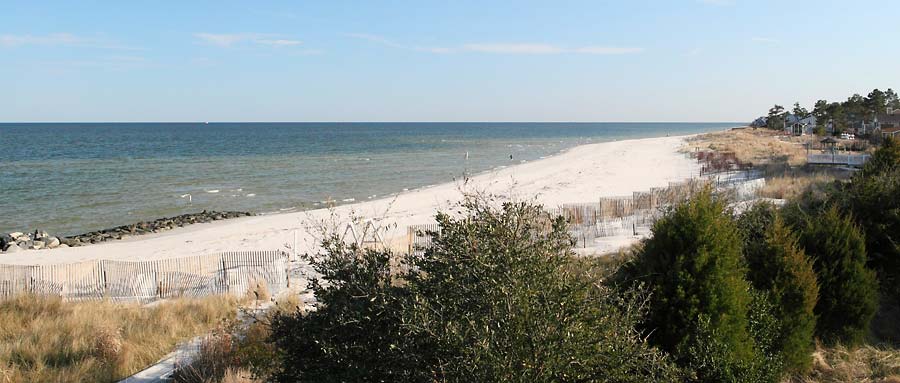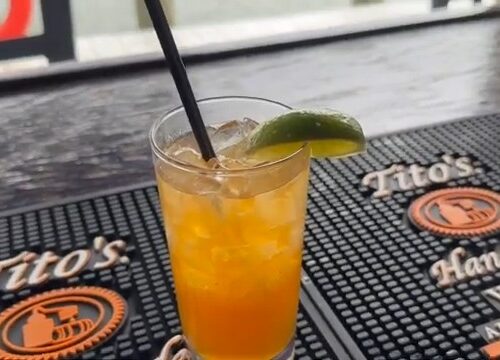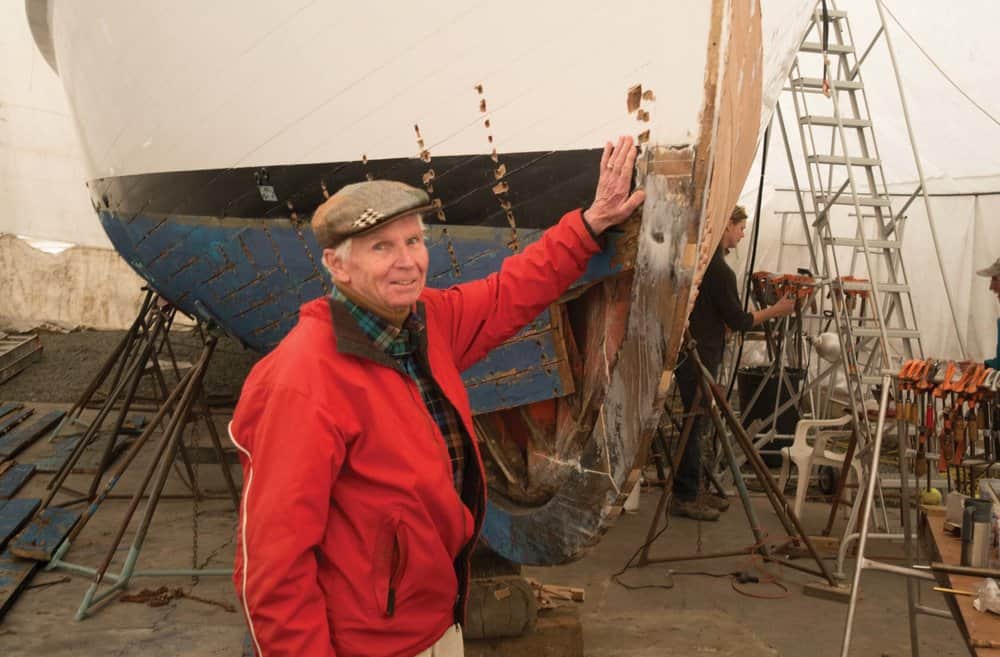The 11,500 miles of Chesapeake Bay shoreline aren’t known first and foremost for their touristy beaches (we leave that to the Atlantic edge of the Delmarva peninsula). But if you’re looking for a place to get your toes into the sand to look for artifacts, sea glass, and shells, you’ll find plenty of secret little spots to explore.
Beachcombers are generally loath to give up their favorite hunting grounds, but the following spots are all known as safe places to go and explore to get yourself started. And if you’re looking for more information on your finds, or want to speak to an expert, be sure to check out our piece on Dr. Beachcomb, Deacon Ritterbush, one of the area’s foremost authorities on treasures washed in on the tide.
Calvert Cliffs
There’s so much you can say about Calvert Cliffs: from the megalodon bite marks to the fossilized prehistoric poop, science lovers and beach lovers will both delight in the many things that can wash upon the shore here.
Before you go: Know that it’s a legitimate walk to get to the beach (the shortest trail is 1.8 miles through the woods), and once you’re there, you’ll likely witness a scene of other treasure hunters. For the best hunting, go on overcast days or out of season, when things will be a little quieter.
Still Pond
In the Upper Bay, Still Pond on the Sassafras River is a treasure hunter’s paradise. More a cove with a beautiful sandbar on the northern edge, at Still Pond you can wade into the water without fear of hurting your feet on sharp rocks and explore in the shallows. Captain John Smith explored the area in the early 17th century, identifying it as Tockwogh River, and with several creeks feeding into the cove with strong currents, the area is a hotspot for finding Native American artifacts.
Before you go: Due to the shallow sandbar and beautiful beach, Still Pond is a popular place for powerboaters on sunny weekends. If you’re interested in beachcombing, go during the week or on overcast days.
Fort Smallwood Park
Sea glass hunters are always looking for vibrant colored glass, and during the early 20th century the Bromo Seltzer plant had several locations on the Middle Branch of the Patapsco River. In Pasadena, the beach at Fort Smallwood Park catches the detritus leaving the Patapsco and is a hotspot for finding the cobalt remnants.
Before you go: Fort Smallwood’s beach is one of the nicer, sandier beaches in Anne Arundel County, and will be busy during the summer months. Beachcombing is an excellent hobby for the offseason, too!
Hoopers Island
In the Chesapeake, glass takes longer to develop its patina (called “cooking”). So sea glass enthusiasts come to recognize dump sites, where trash slowly transforms into treasure. The shorelines of Hoopers Island are often choked by invasive phragmite, but at low tide, when the sand is exposed, remnants of glass, red brick, and shells can be found.
Before you go: phragmite are a sign of a muddier sand content, so go at low tide and bring high boots. Look for dump sites near creek beds leading to the Bay: the more current cycling over a piece of glass, the faster its sharp edges will be filed down.
Deal Island
Local sea glass hunters didn’t appreciate it when a guest on the Martha Stewart television show revealed that Deal Island is one of the country’s top destinations for glass. But more than just sea glass, the glass that’s found on Deal Island’s beaches has an archaeological connection to the island’s earlier settlements. With the amount of traffic from watermen, the island is known for being a place to find rare red sea glass, often fragments from maritime lights. But as one of the earliest places of civilization in the Bay, Tangier Sound is also a spot to find Native American artifacts, pottery shards, and clay marbles.
Before you go:
Instead of simply walking the shores, plan on digging and sifting into the clay for artifacts as well. Allowing the clay chunks to dry will make this process easier, but you can also bring a small rake, shovel, bucket, and sieve to work directly in the water.
Mathews County
In Virginia, Mathews County is unique in that it is almost entirely surrounded by water. As an area that has supported human civilization for thousands of years, the more than 200 miles of shoreline offer ample opportunity for beachcombers to find glass as well as artifacts. With a closer proximity to the Atlantic than many of the Bay’s other beachcombing spots, beaches such as Bethel and Haven can be the repository of glass as old as the 17th century.
Before you go: Mathews County is a great place to take your kayak and explore by water. The inland creeks are generally very shallow and the area is safe for novice paddlers.




